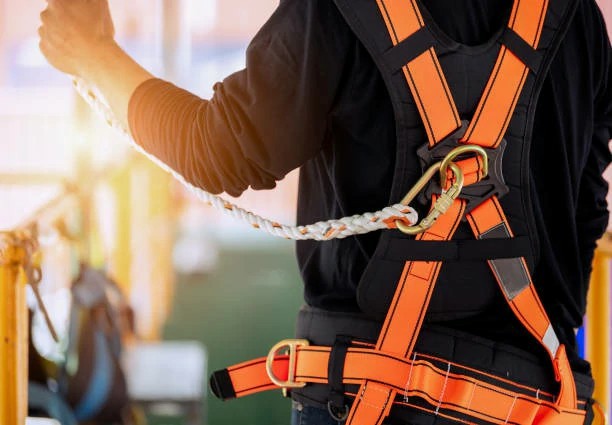


 349,500 Offered Certificates
349,500 Offered Certificates
 24/7 Online Training
24/7 Online Training
 Money Back Guarantee
Money Back Guarantee
 Fully Accredited Courses
Fully Accredited Courses

Created at: 22-02-2025 15:01
In an era where technology continually reshapes our work environments, Virtual Reality (VR) stands out as a revolutionary tool, particularly for Working at Heights training. As workplaces across Dublin, Cork, and Galway face the challenges associated with elevated work, it has become critical to equip workers with comprehensive safety training that prioritizes realism and retention.
Training in high-risk environments can often be daunting. Traditional methods, while effective, can sometimes fall short when it comes to engaging learners and providing the necessary hands-on experience. VR technology offers a solution that not only captivates trainees but also immerses them in lifelike scenarios where they can practice their skills safely.
One of the significant advantages of VR is the ability to train in a risk-free environment. Workers can engage in various emergency situations, such as:
This kind of dynamic training not only enhances skills but also boosts confidence, as employees can explore the limits of their abilities without the risk of injury. This leads to a more knowledgeable and safety-conscious workforce.
Implementing a VR training program may require an initial investment; however, the long-term savings are clear. Here’s how VR can significantly reduce training costs:
Companies looking to incorporate VR into their Working at Heights training programs should consider the following steps:
Numerous organizations have embraced VR in their safety training programs with impressive results. For instance:
The integration of VR technology into Working at Heights Safety Courses is more than just a trend; it represents a commitment to modernizing workplace safety. The long-term benefits include:
Virtual Reality is undeniably revolutionizing how we approach Working at Heights training. By enhancing learning retention, providing hands-on experiences, and reducing training costs, VR serves as an invaluable tool for employers looking to uphold safety in high-risk environments. As businesses in Dublin and beyond explore innovative training methods, there’s no denying the potential impact VR can have on workplace safety standards.
Interested in revolutionizing your safety training? Explore our Working at Heights Course today and experience the future of safety training. For inquiries, feel free to reach out at [email protected].